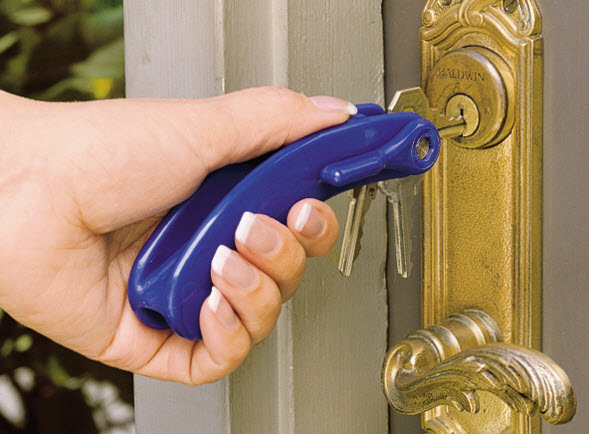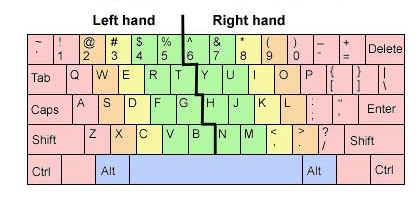

Instead of looking down at your hands, focus on your screen. As you become more experienced, you can experiment with different variations of this starting position to find the placement that is most comfortable and natural for you. These conventions are meant to help you familiarize yourself with the keyboard. Your hands should always return this starting position. From here, you can move your fingers slightly to reach neighboring keys. To start, keep your fingers positioned over the home row keys (left hand over the A, S, D, and F keys, and the right hand over the J, K, L, and keys), with your thumbs hovering over the space bar.

When practicing your typing skills, it’s important to use proper hand placement. This is much more efficient than hunt-and-peck the average person types at an average of 40 words per minute, but a person who relies on the touch-type method can exceed 75 words per minute, allowing them to complete their work much more quickly and with minimal errors.Īs you prepare to enter the workforce, here are some pointers to improve your own typing skills: 1.) Use the correct starting position

The preferred typing method is known as touch-type, or typing without looking at the screen. Mobile technology, such as tablets and smartphones, have also increased reliance on hunt-and-peck strategies. However, without proper training and practice, many individuals resort to hunt-and-peck typing, or looking down at the keyboard to select the right keys one-by-one. Some schools have stopped teaching typing altogether, assuming students already possess the skills necessary to be successful in the modern workplace, according to an article in MIT’s Technology Review. In today’s technology-driven world, students and young adults become familiar with computers at an early age. Accuracy is equally as important as speed, as a simple typo could result in a system-wide error.
Typing fingers to keys software#
Information technology professionals, for example, must be efficient typists in order to write code for computer and software programs. In the third row you just need to memorize Z, X, C, V, B (just make it rhymes so it will be easier to memorized).Īfter you finnish reading this section I hope you will get a better understanding of the keyboard lay out.Most, if not all, careers involve some computer-based work and require strong typing skills. Then it will continue to the right side of the third row with M and N.

since letter E and I have been mention in the first row the second row will be started with letter F and alphabetical order until Letter L. Is it ok just memorize 12 keys? yes since the keyboard layout name is QWERTY for the first row youll only need to memorize U, I, O, P.įor the home row you'll need to memorize A, S, D (its very easy to memorize especially if you are a gamer ^.^). So just jump to the third picture over here you'll see some keys that I highlight with yellow collors, you might question what for is the highlight? well the highlighted keys means the keys that you supposed to memorized (only 12 keys). but if you want to memorize the whole keyboard layout its still require alot of concentration (you still have to memorize the places for 26 letters). If we erase the other key except the alphabetics one we will get simpler keyboard layout that looks like the second picture. In order to master 10 finger typing / touch typing, understanding and mastering the keyboard layout is a must.īut the most important part of the keyboard is the part which hold the alphabets/letter since we use the keyboard mostly to type words.


 0 kommentar(er)
0 kommentar(er)
